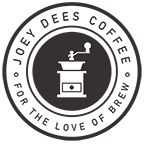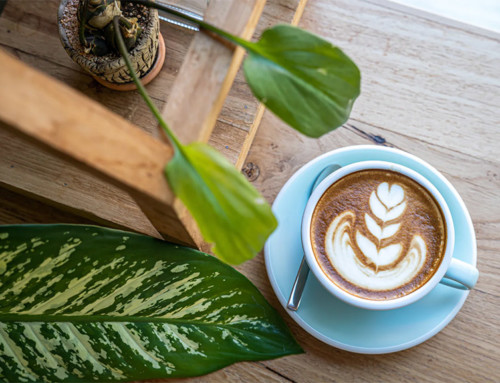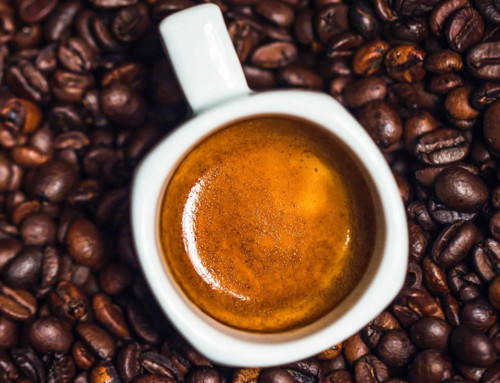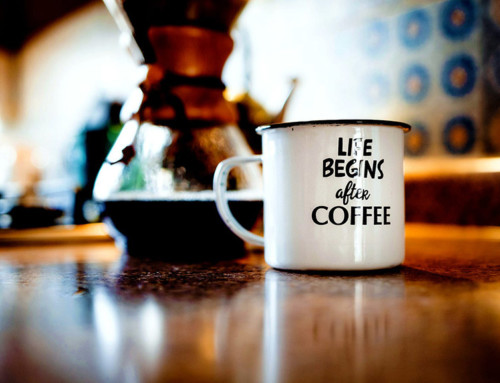The Magic of Brewing Coffee: A Journey from Beans to Brew
Brewing coffee is a magical process that transforms humble beans into a flavorful elixir that brightens our mornings and fuels our days. Let’s embark on a journey through the art and science of brewing, exploring different methods, techniques, and tips for achieving the perfect cup of coffee at home.
Understanding Coffee Extraction: The Key to Flavor
At the heart of brewing coffee is the concept of extraction—extracting the flavors, aromas, and oils from coffee grounds to create a balanced and delicious cup. Factors such as grind size, water temperature, brew time, and brewing method all play a role in coffee extraction.
Brewing Methods: Exploring Diversity in Coffee Preparation
- Pour-Over Brewing: Pour-over brewing involves manually pouring hot water over coffee grounds in a filter, allowing for precise control over water flow and extraction. It’s known for producing clean, bright flavors and is favored by coffee enthusiasts for its simplicity and versatility.
- French Press Brewing: French press brewing uses immersion brewing, where coffee grounds steep in hot water before being pressed through a filter. This method results in a full-bodied, rich cup of coffee with a robust flavor profile and a hint of sediment for added texture.
- Espresso Brewing: Espresso brewing involves forcing hot water through finely ground coffee under pressure, resulting in a concentrated and intense shot of coffee. Espresso is the foundation for many coffee-based drinks like lattes, cappuccinos, and macchiatos, prized for its bold flavors and creamy texture.
- Cold Brew Brewing: Cold brew brewing involves steeping coarse coffee grounds in cold water for an extended period, usually 12-24 hours. This method produces a smooth, low-acid coffee concentrate that can be diluted with water or milk for a refreshing and mellow coffee experience.
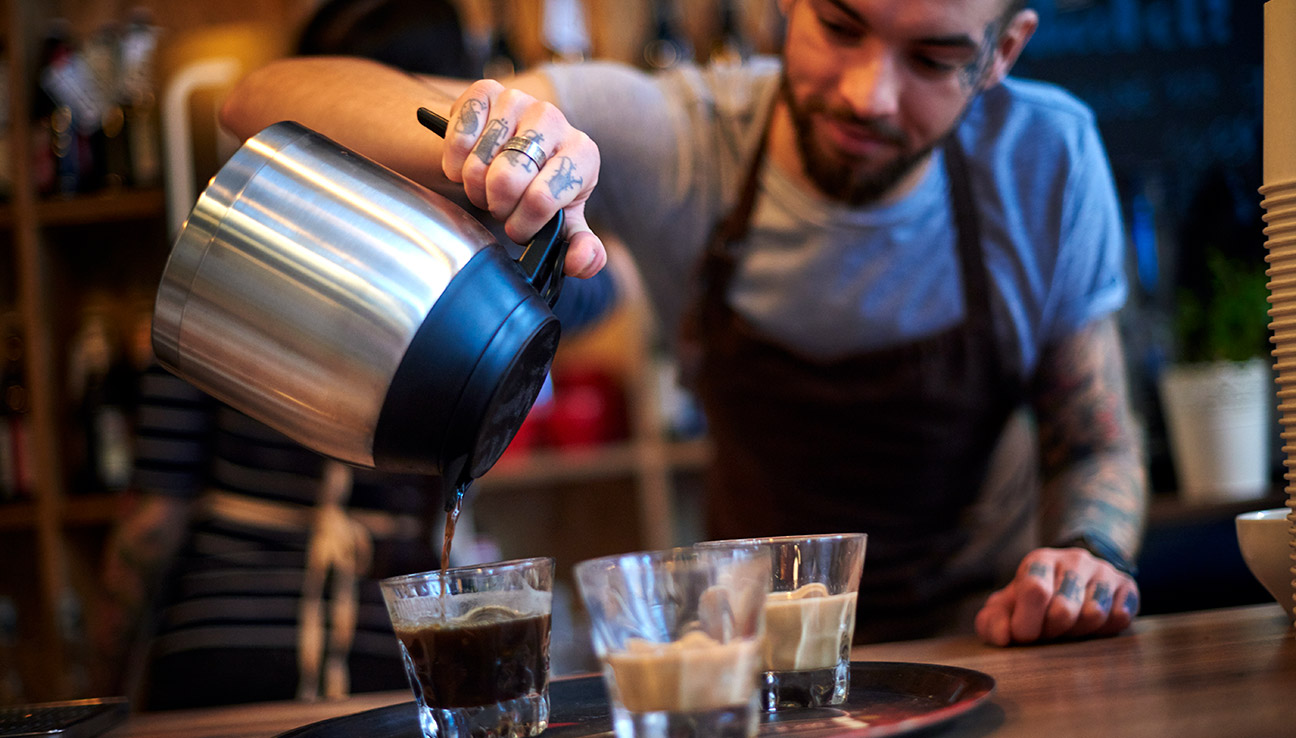
Mastering the Art of the Brew: Tips and Techniques
- Grind Size Matters: Adjusting the grind size of your coffee beans can greatly impact the flavor and strength of your brew. Fine grinds are ideal for espresso, medium grinds for drip coffee, and coarse grinds for French press and cold brew.
- Water Quality: Use fresh, filtered water for brewing to avoid any off-flavors or impurities that can affect the taste of your coffee.
- Brew Time and Ratios: Experiment with brew times and coffee-to-water ratios to find the perfect balance of strength and flavor for your preferences. A general guideline is 1 to 2 tablespoons of coffee per 6 ounces of water, with brew times ranging from 2 to 5 minutes depending on the method.
- Preheating Equipment: Preheat your brewing equipment, whether it’s a pour-over dripper, French press, or espresso machine, to ensure optimal temperature stability and extraction.
Embracing Coffee Rituals: Creating Moments of Joy
Brewing coffee is not just about making a beverage; it’s about creating moments of joy and connection. Whether you’re enjoying a quiet morning ritual with a pour-over, sharing stories over a French press with friends, or savoring the bold flavors of an espresso shot, brewing coffee is a celebration of life’s simple pleasures.
Remember that there’s no one-size-fits-all approach to brewing coffee. Each method, technique, and preference contributes to the unique experience of enjoying a freshly brewed cup. Embrace the art and science, explore new methods and flavors, and savor every sip as you discover your perfect cup of coffee.
For the love of brewing and the magic of coffee, may every cup be a delightful expression of your coffee journey.
